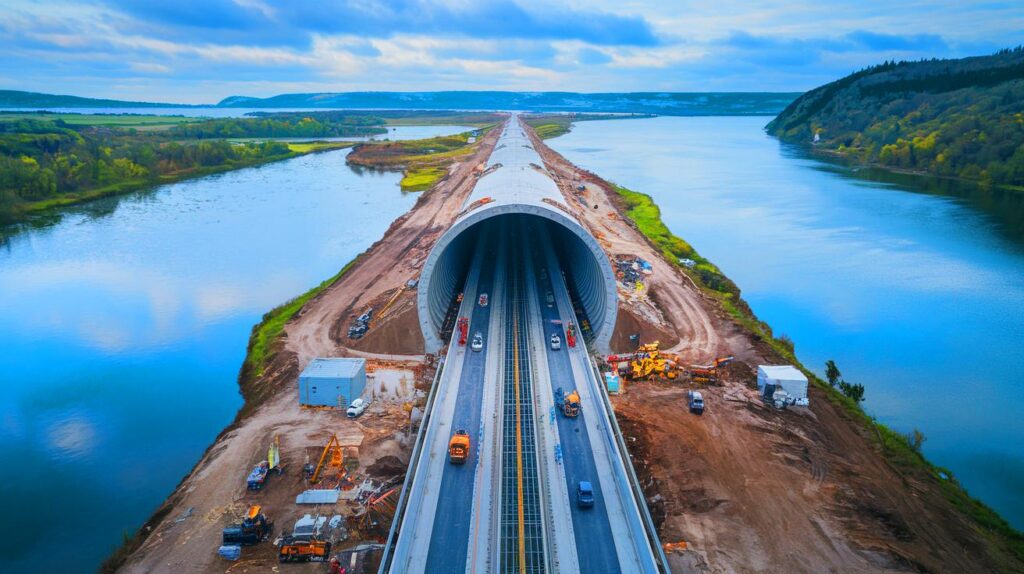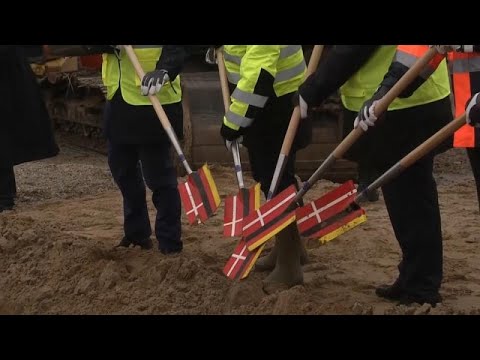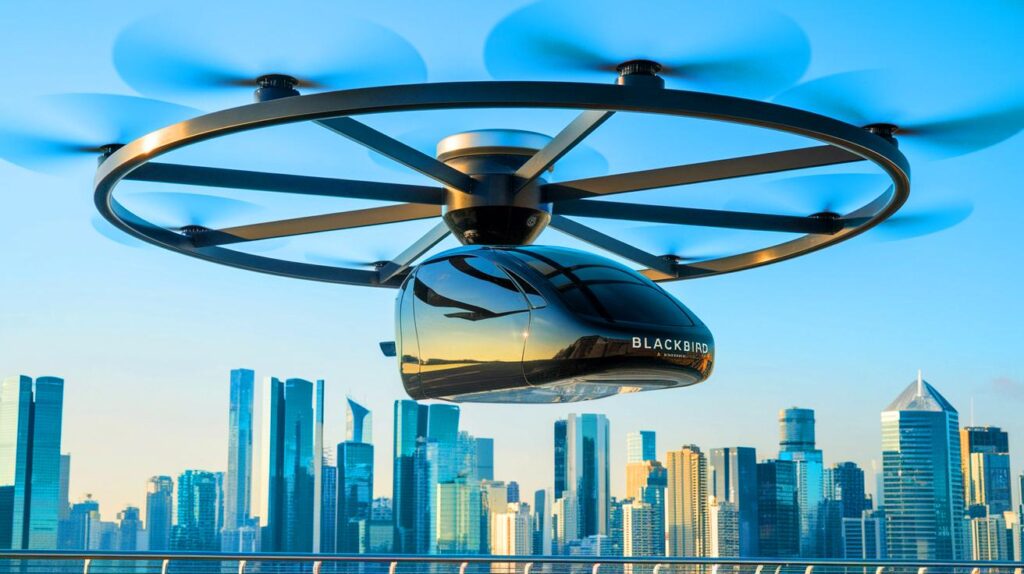| IN BRIEF |
|
The monumental Fehmarnbelt tunnel project between Denmark and Germany marks a significant turning point for transport infrastructure in Europe. This immersed tunnel, designed to significantly reduce travel times between Copenhagen and Hamburg, is an engineering feat promising to transform regional exchanges. With a total cost of €6.6 billion, the construction is based on technical innovations that could redefine industry standards. While committing to environmental respect, this ambitious project aims to strengthen economic and cultural ties between European countries.
An Ambitious Project for Europe
The Fehmarnbelt tunnel is not just a technical achievement; it is also a strategic vision for Europe. By directly connecting Denmark and Germany across the Baltic Sea, this project creates a fast and efficient transport corridor. The 18 kilometers of tunnel reduce the travel time to just 7 minutes, providing a quick and eco-friendly alternative to air or car travel. This new link could become an essential pillar of the trans-European transport network, facilitating the movement of people and goods across the continent. In addition to its logistical benefits, the Fehmarnbelt tunnel is expected to stimulate the regional economy by creating new job opportunities and enhancing trade exchanges.
Technological Innovations in Service of the Environment
What sets the Fehmarnbelt tunnel apart is its innovative construction method. Unlike traditional tunnels dug using tunnel boring machines, this project uses prefabricated segments. In total, 89 massive segments, each weighing 73,500 tons and measuring 217 meters in length, are manufactured on land before being immersed with extreme precision. This technique not only saves time but also minimizes the impact on the marine ecosystem. Strict measures are in place to protect the biodiversity of the Baltic Sea, demonstrating a strong commitment to sustainable development. Environmental respect is at the heart of this project, ensuring harmony between technological advancement and natural preservation.
Economic and Social Impact of the Infrastructure
The construction of the Fehmarnbelt tunnel is a driver of innovation and economic development for the region. By reducing travel times, it facilitates trade and tourism exchanges, thereby stimulating economic growth. Local communities are expected to benefit significantly from increased economic activity, thanks to the influx of tourists and the attraction of foreign investments. The tunnel is also a symbol of international cooperation, strengthening ties between Denmark and Germany and among other European countries. This ambitious project could serve as a model for future infrastructure in Europe, demonstrating that economic growth and environmental sustainability can go hand in hand.
A New Era for European Transport
With the Fehmarnbelt tunnel, Europe is entering a new era of connectivity. This project embodies the intent to improve transport infrastructure while respecting the environment. By facilitating rapid and secure travel between Denmark and Germany, the tunnel reinforces European integration and paves the way for new prospects of exchange and cooperation. By pushing the limits of engineering, this tunnel represents a hope for a future where innovation goes hand-in-hand with sustainability. What will be the next step in this quest for technological advancement and respect for our planet?








